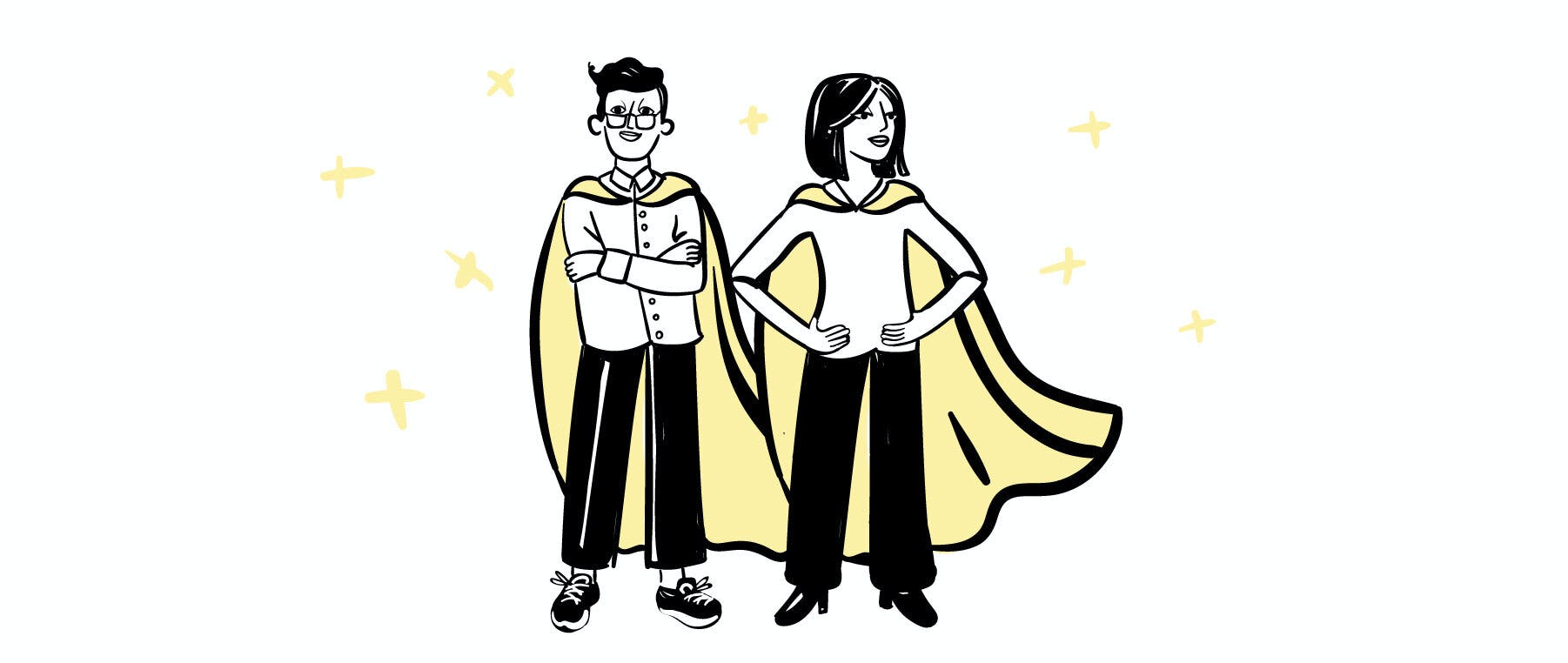Problems, creativity, solutions: What to consider when building products for the future


Future-proof. It’s a word thrown around a lot in the tech industry. Even more so after the uncertainty that 2020 brought, and continues to do so… But what does it actually mean to build a future-proof product?
Adjective. Future-proof — (Of a product or system) with the ability to continue to be of value in the distant future, and unlikely to become obsolete.
And in your day-to-day work, what does this idea look like? Is it ever really possible to prevent your product from becoming ‘obsolete’ in the coming years, or even months.
The short answer: No. There isn’t a crystal ball out there to tell us the future, or how our products should adapt to it (as far as we know). But this doesn’t mean you have to go into the future completely blind. It all starts with problem solving, creative thinking and risk-taking.
Understanding today’s problems

While we don't have a crystal ball, we might have the next best thing: Olov Eriksson , Pleo’s very own Chief Product Officer. Back in December, Olov spoke all about how we can create the future and adapt to it at Forward , our first-ever digital summit which brought together over 30 of the greatest minds in the world of work today.
“The first step is to really understand the problems of today. Question what problems are people facing. Which of these problems are more important? Which problems are declining? Which problems will likely stay the same?” Olov asks. “Once you’ve defined the problems you really want to solve, then you iterate on solutions. Never the other way round.”
For Pleo, we’re building a business riding on two trends: “One is the removal of the office, or the global workforce. And the problems in the wake of this, like facilitating trust between people who might not have met each other. The second trend is the digitalisation of finance and problems coming out of this, such as really saving time and having insight into your finances in real-time,” he adds.
And don’t forget about emotion
Making people feel something when using your product doesn’t just set you apart from competition, it’s been proven time and time again that emotion-driven products create loyal customers .
Olov argued that today, companies forget about the importance of emotion when it comes to building solutions to problems. “Often when you think of ideas and solutions, you only question the functional problem you’re trying to solve. But we’re human beings, and we’re emotional beings. You also need to take into consideration how the user will feel using your product.”
At Pleo, we’re on a mission to be the go-to spending solution for forward-thinking teams everywhere. But we’re more than a spending solution. We share a common vision with almost all of our customers and that’s to make everyone feel valued at work.
How can you adapt to the future?
Change is inevitable. And we aren’t always prepared. Just look at what happened to the world when that ship got stuck in the Suez Canal .
But change isn’t always a bad thing. Unless it involves a ship and a canal.
“There’s a big business imperative to be creative, so when the change inevitably comes, you can adapt and be agile,” Olov says.
“At Pleo, we try to do this by focusing more on the input than the short-term outcomes. I don’t care as much about moving that specific metric by 10%. I’d rather look at: do we understand our customers well enough? Have we built a culture in our team where there’s passion and constructive conflict? Is the team taking risks on things that might not work out?”
Sounds easy, right? Wrong. “Managing input means less control, less predictability, less comfort. However, adapting to the future is the same formula as creating the future.”

The last step to building for tomorrow is simple: take creativity off a pedestal.
“Creativity is not something that happens magically to random people. It requires both rigour and freedom, and if we use rigour to define the problems that are facing us, anyone can be creative in coming up with solutions,” Olov says.
“If you’re able to do it, and you’re able to train your team to do it, then you really have a superpower.” Olov added that it’s this same creativity that sets you apart from the competition too. It pays to take risks creatively.
Want to watch Olov’s entire Forward session? You’re in luck. By signing up here , you’ll have access to all the sessions from the day. But there’s no time to lose — you only have until March 8th 2022. So, what are you waiting for? Sign up now .
And you’re in (even more) luck. You haven’t heard the end of Forward. There’s more to come later this year… Stay tuned. In the meantime, why not catch up on what we learned from the day .